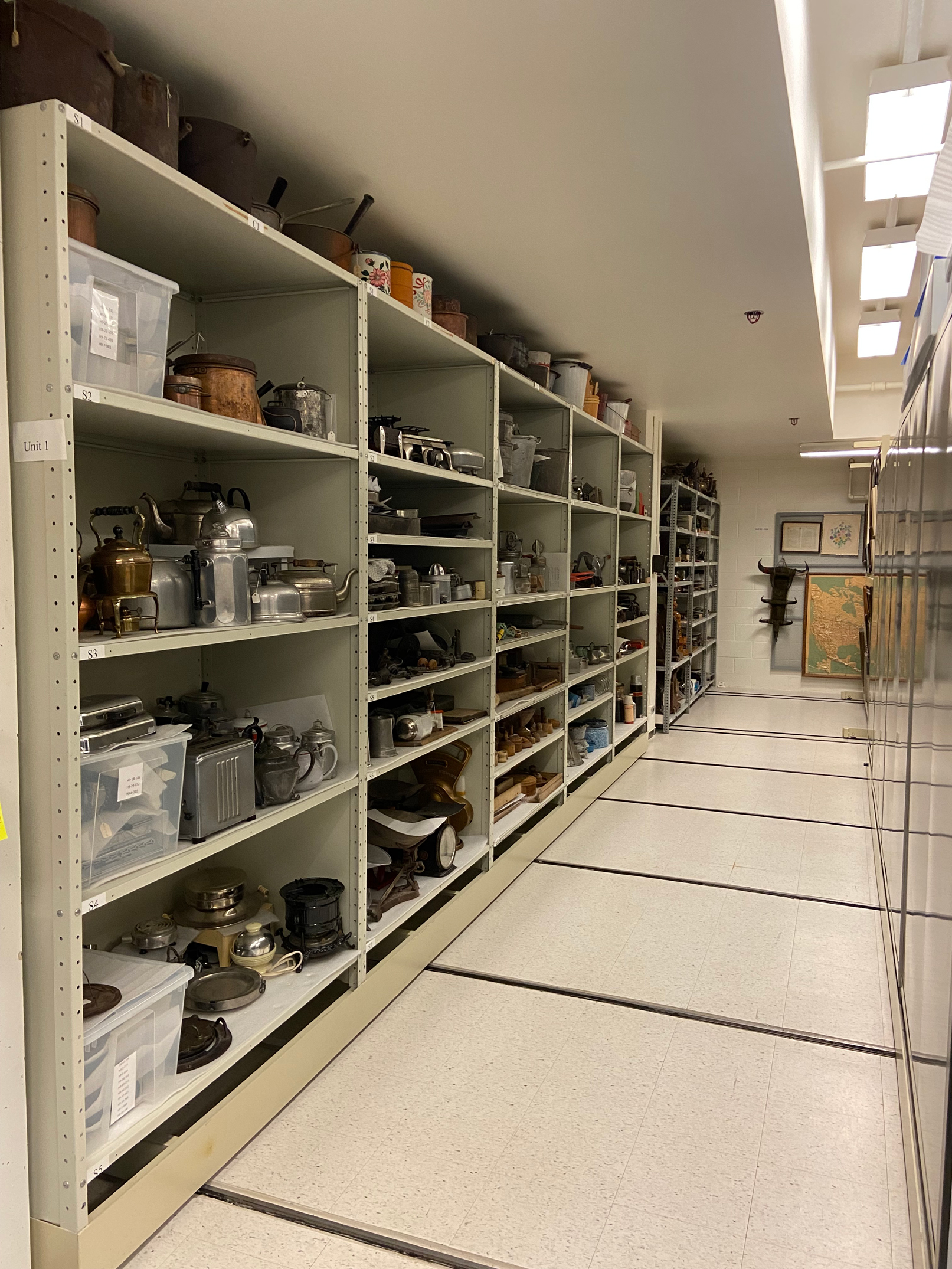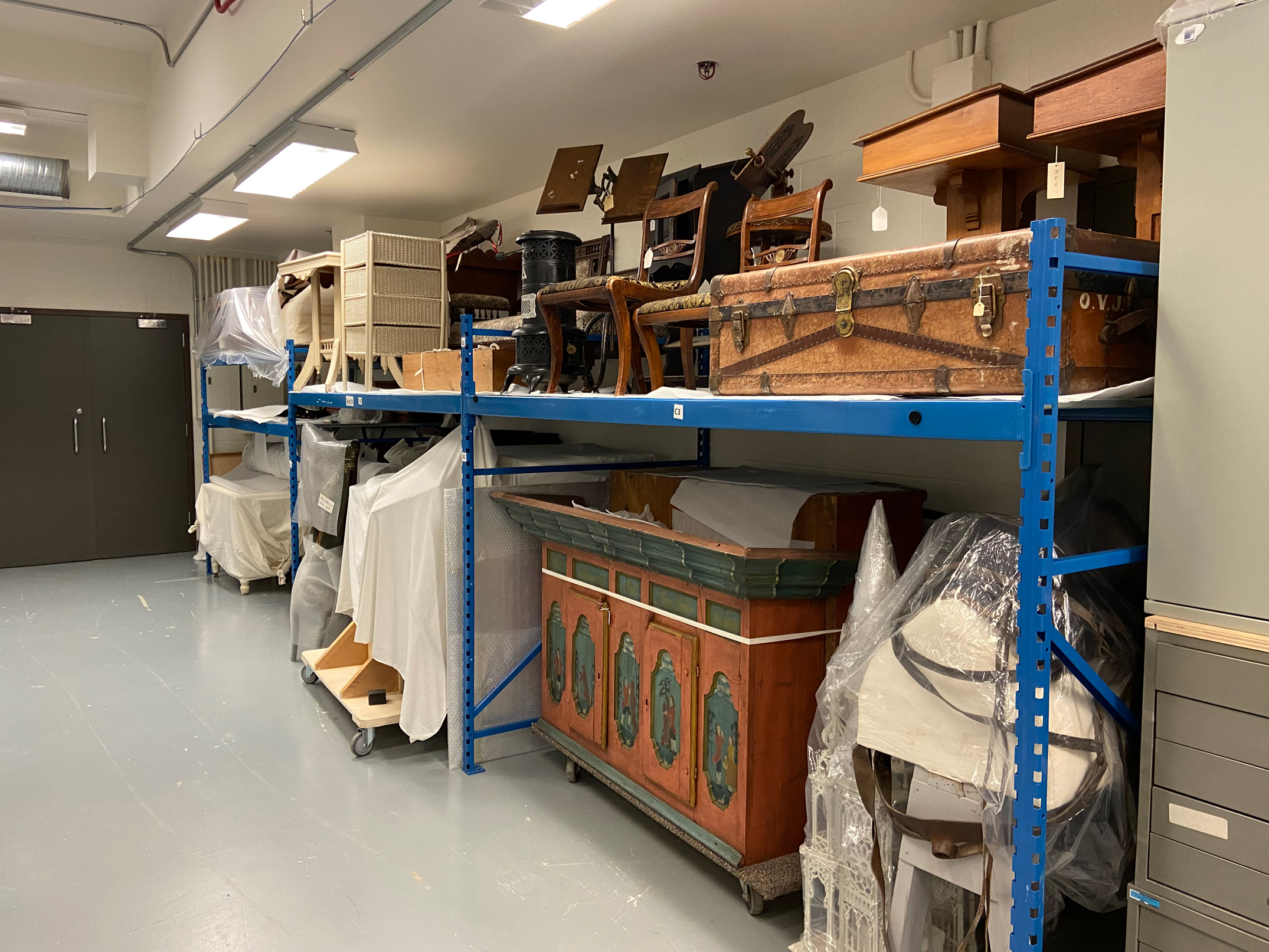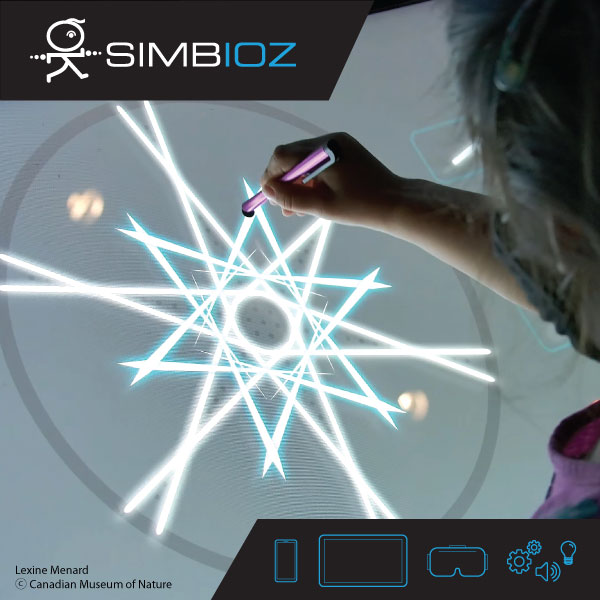In the Spotlight
Québec Abandons Espaces bleus Project
Indigenous Artist’s Lunar New Year Lantern Outside Vancouver Art Gallery Stolen
International Museum Day 2024: Museums for Education and Research
Questions About Preservation, Significance Surround Newfoundland Shipwreck
Manitoba Museum Sounds Alarm on Lack of Storage Space
US Museums Closing Exhibits Featuring Indigenous Belongings, Remains
Québec Abandons Espaces bleus Project
In June 2021, Québec Premier François Legault launched the Espaces bleus (Blue Spaces) initiative, which proposed establishing national museums in each of Québec’s 17 major regions. The proposed network was to be managed by the Musée de la civilisation, which would be in charge of design and implementation of permanent exhibits. With a starting budget of $270 million, the project mainly relied on selecting existing museums to bolster with new spaces and new content focused on celebrating and commemorating Québec culture and heritage. The ambitious enterprise was met with equal parts enthusiasm and skepticism, both in media and within the museum sector, with some applauding the idea of a network of Québec-centered museums while others voice concerns that the costs might affect non-network museum funding and resources. Finally, in the first week of March of this year, the provincial government announced it was abandoning the project. Speaking to the Montreal Gazette, Québec’s Minister of Culture and Communications Mathieu Lacombe said, “Given the current context of public finances, it is the pragmatic and responsible decision to make.” At press time, development which had begun for four of the projects involved was slated to continue in a non-Espace bleus context, including a project to install a new museum in the Séminaire de Québec.
Indigenous Artist’s Lunar New Year Lantern Outside Vancouver Art Gallery Stolen

The empty space left behind after Richard Hunt’s lantern My Family III was stolen outside the Vancouver Art Gallery. Photo –The Lantern City/Facebook.
Vancouver’s annual Lantern City event was marred this year by the theft of a lantern by Kwakwaka’wakw artist Richard Hunt. Eight three-metre-tall lanterns created by artists with varied cultural backgrounds were on display throughout February to celebrate the arrival of the Year of the Dragon; Hunt’s was stolen from the north lawn of the Vancouver Art Gallery just days before it was slated to be removed at the end of the event. The artist, a recipient of both the Order of B.C. and the Order of Canada, had participated in last year’s event, telling CTV News “I did one last year, and I like the concept of seeing your work in a big format. I actually never got to see the one last year, and I guess I won’t get to see the one this year.” In his artist statement for the piece, depicting the two-headed serpent Sisiutl, Hunt said “Holding on to the Sisiutl is Cedar Man and Woman. Cedar is our tree of life. Everything we do, from our cradles to our houses, comes from the cedar tree.” The theft was reported to the police, who at press time had found neither the lantern nor a suspect.
International Museum Day 2024: Museums for Education and Research
The International Council of Museums (ICOM) has announced that the theme for this year’s International Museum Day (IMD) is “Museums for Education and Research.” Since 1992, International Museum Day has taken place on or around May 18th, with themes aimed at fostering discussion between museum professionals themselves as well as between museums and the public, raising awareness of contemporary topics in museology. The event has steadily grown over time. In the 2009 edition, 20,000 museums were involved in over 90 countries, while IMD 2023 drew more than 37,000 museums in 158 countries and territories to participate. From 2020 onwards, the event has aimed to support items in the Sustainable Development Goals of the United Nations. This year, the focus is shared between Goal 4: Quality Education – “Ensure inclusive and equitable quality education and promote lifelong learning opportunities for all” and Goal 9: Industry, Innovation, and Infrastructure – “Build resilient infrastructure, promote inclusive and sustainable industrialization and foster innovation.” Per ICOM, this year’s IMD “underscores the pivotal role of cultural institutions in providing a holistic educational experience. This day pushes for a more conscious, sustainable and inclusive world.”
Questions About Preservation, Significance Surround Newfoundland Shipwreck
On January 20, a resident of Cape Ray, NL, spotted a shadow in the water off the southwest Newfoundland coast, igniting curiosity and excitement among the local population as well as internationally, with coverage appearing in The New York Times and on the BBC. Within weeks, the province sent archeologists to assess the site, and while these archeologists deemed the wreck was not “particularly significant or unique,” other groups such as the Shipwreck Preservation Society of Newfoundland and Labrador were determined to further study the wreck and consider means of preserving it and preventing it from being pulled back to sea. While the cost to turn the hull into a museum site would be prohibitive, by early March most of the remains had been brought ashore, remaining within the surf line of the beach. This poses problems, as surf will batter the ship over time, while the ship’s tinder will crack and splinter as it dries out after over a century in salt water. While Newfoundland’s shipwreck registry contains records of some 800 vessels, approximately 700 of which date from the same era as the newly discovered wreck, many residents of the area are determined to study the wreck’s connection to Cape Ray’s families and the community today.
Manitoba Museum Sounds Alarm on Lack of Storage Space

Items in storage at the Manitoba Museum. Photo – Manitoba Museum.
The Manitoba Museum announced in early March that it was running out of space to properly store and preserve its artifacts. The museum’s collection numbers nearly three million artifacts, three percent of which are on display at any given time. Items in the collection include purchased acquisitions, but also a large number of items donated over the museum’s nearly 60 years since its founding in 1965. The items in storage are in what’s known as ‘Category A’ collection space, with regulated temperature and humidity, and as that space approaches capacity, the museum must be much more discerning in determining what new items it may keep. Speaking to Muse, Seema Hollenberg, the museum’s Director of Research, Collections and Exhibitions said, “We remain in active discussions with the province and are hopeful that together we can find a path forward to expand the Museum’s storage to last another 50 years and beyond. We have lifted our temporary collecting moratorium, and as a collecting museum, we are committed to receiving donations on a discretionary basis.”

Items in storage at the Manitoba Museum. Photo – Manitoba Museum.
U.S. Museums Closing Exhibits Featuring Indigenous Belongings, Remains
Revisions to the Native American Graves Protection and Repatriation Act (NAGPRA) in the United States have brought about a rapid series of changes in U.S. museums in the first months of 2024. The revisions, which took effect on January 12, “clarify and improve upon the systematic processes for the disposition or repatriation of Native American human remains, funerary objects, sacred objects, or objects of cultural patrimony.” Museums and federal agencies must now consult with descendants, Native American and Native Hawaiian communities, and obtain consent before displaying or researching such items. Museums initially covered up exhibits and items in January, followed by exhibit closures in the weeks that followed. New York’s American Museum of Natural History closed two halls, containing items such as an Iroquois longhouse and a model of a Menominee birchbark canoe, informing staff that many artifacts in the halls now require ancestor and community consent before they may be displayed. The stateside changes stand in contrast to Canadian repatriation and consent practices, which remain unregulated by a national policy. Speaking to CBC News, Stephanie Danyluk, the CMA’s Senior Manager of Community Engagement and co-author of the CMA’s Moved to Action report, said that cost is one of the primary obstacles to implementing such policy. She cited the 2023 return of a Nisga’a totem pole from Scotland as an example, where transportation costs alone ran an estimated $1 million, with the Haida Nation disbursing a further $1 million of its own funds to ensure the return of the totem pole.
